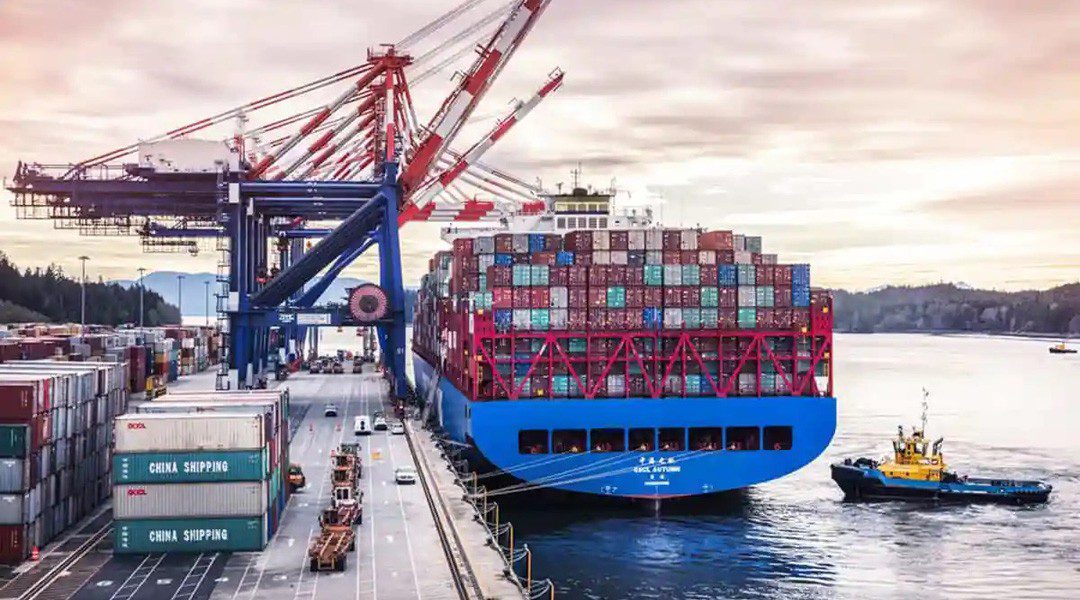Failure to follow COLREGS and fatigue were the causes of acollision between container ship KotaLembah (IMO 9622318) and fishing vessel Commission northeast of Tauranga, New Zealand on July 28th 2021, accordingto an investigation by the New Zealand Transport Accident Investigation Commission’s(TAIC).
The report suggested that the collision could have beenavoided if established procedures had been followed and if crews had not workedfor long hours without rest.
TAIC said that the Kota Lembah was the give-way vessel,but that it did not and could not take the correct action because its enginewas not readily available for manoeuvring.
The TAIC also noted that, even if it had been ready, itswatchstanders mistakenly assumed that, because their ship was voluntarilydrifting, other vessels were required to give way.
The collision occurred about 80nm off Tauranga. The fishing vessel was motoring at about six knots while laying out about 22nm of fishing line in the Bay of Plenty. The vessel collided with the Kota Lembah,which had been drifting in the area for several days, waiting for the next
available berth at Auckland port.
The 42,000 GT containership had left Lyttelton on July 22nd,bound for Auckland. However, port congestion in Auckland meant a berth would not be available until July 30th. The ship slow-steamed up the east coast and stopped on July 25th. It began several days of drifting in the Bay of Plenty,about 70nm east of Tauranga.
As a result of the accident the container ship suffered scraping along its hull near the bow, while the fishing vessel suffered damage to its stabilizer arm and wheelhouse structure. Neither hull was breached and nobody was injured.
TAIC said that, although the Kota Lembah was drifting with its engines stopped, it remained a power-driven vessel underway under COLREGS. Since Commission was fishing, this means that Kota Lembah was necessarily the give-way vessel – and was therefore required to take action to avoid a collision.
Vessels adrift while awaiting orders often broadcast their COLREGS status as “not under command” over AIS and display the corresponding lights and shapes. In theory, this would put the burden of avoiding collision on other vessels, as a NUC vessel is the stand-on vessel in every circumstance for encounters in sight. Therefore the legal footing of a NUC declaration could be questionable for ships that are drifting on purpose, as nothing would be technically wrong with the vessel to cause it to be “not under command.”
In the case of the Kota Lembah the crew activated the deck lights – the COLREGS signal for an anchored vessel – but did not display the lights or AIS signal for NUC.
The fishing vessel did not take action because there was nobody in the wheelhouse at the time of the collision. The crew of the fishing boat had not maintained a proper lookout and had failed to establish whether a risk of collision existed between it and the container ship, TAIC found. The TAIC faulted the watchkeeping standards on both vessels. In addition, it noted the effects of fatigue on the master of the Commission. “The skipper was the only qualified watch keeper on board the Commission and the two deckhands were not sufficiently
trained to conduct a watch, which meant it was almost certain that the Commission
would not be able to achieve full compliance without the skipper becoming chronically fatigued during routine fishing operations,” TAIC said.
As of April 25th the vessel was moored in Port Klang, Malaysia.
2013-built, Singapore-flagged, 42,020 gt Kota Lembah is owned and managed by Pacific International Lines of Singapore. ISM manager is PIL Ship Management Shanghai of Shanghai, China. It is entered with Britannia on behalf of Pacific International Lines (Pte) Ltd.






